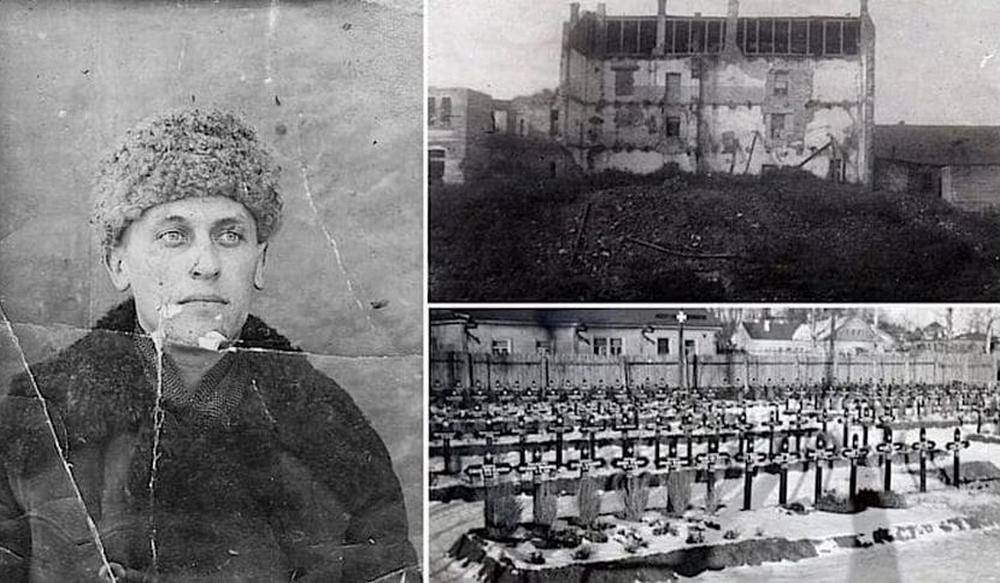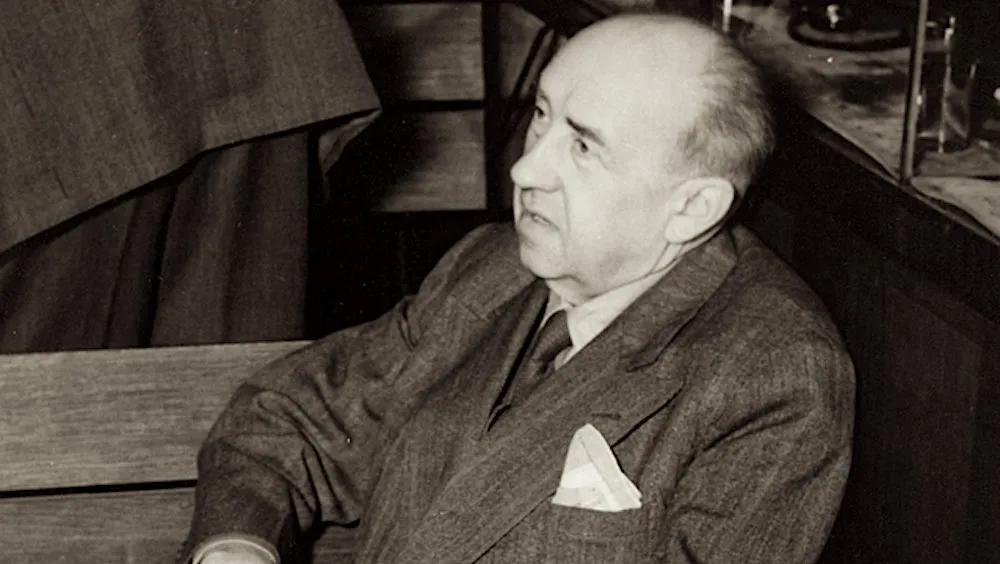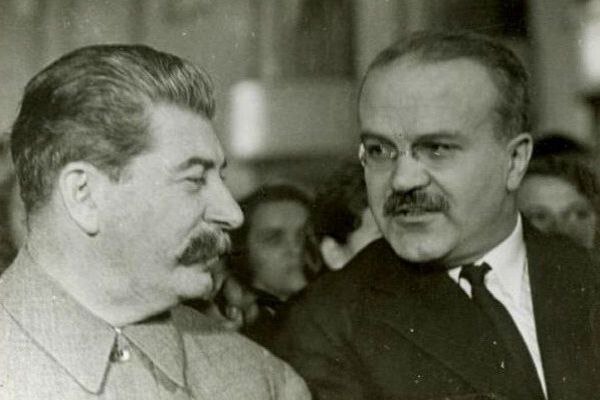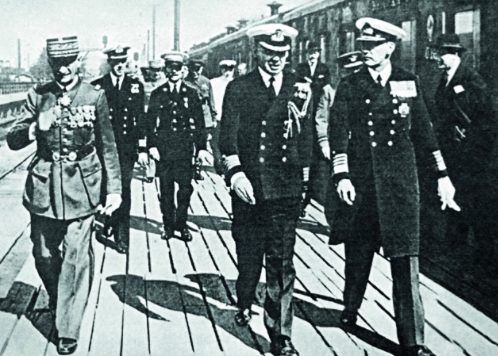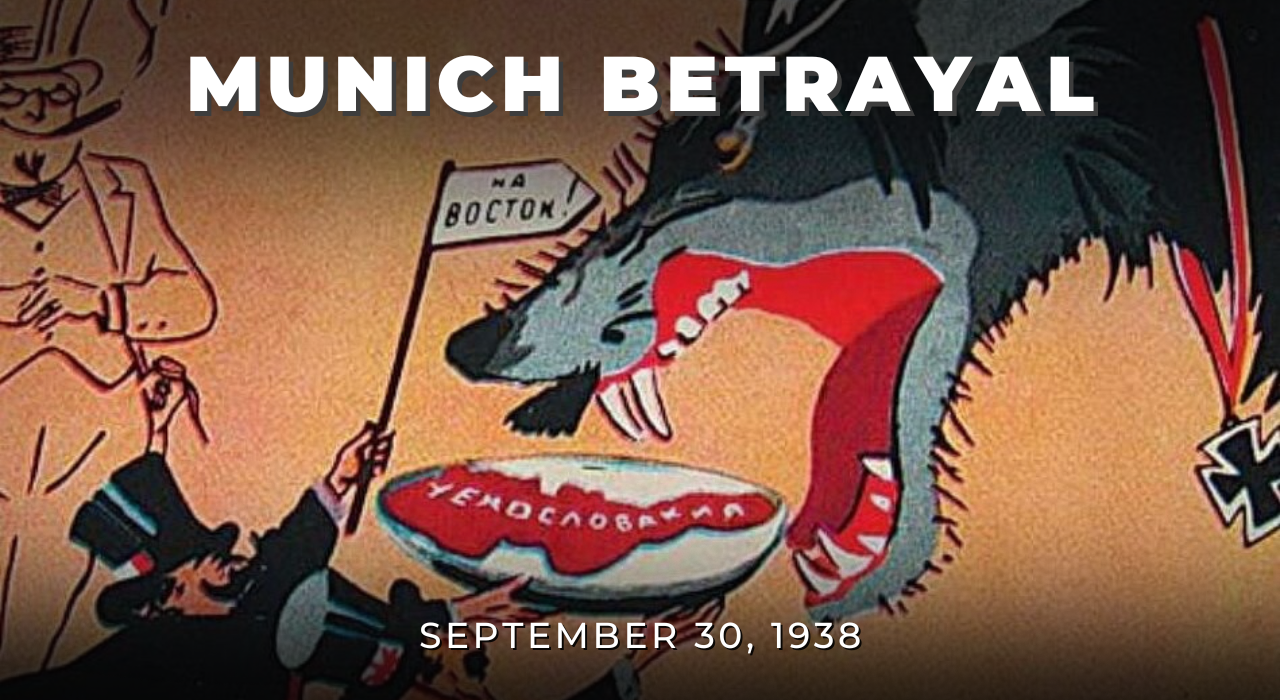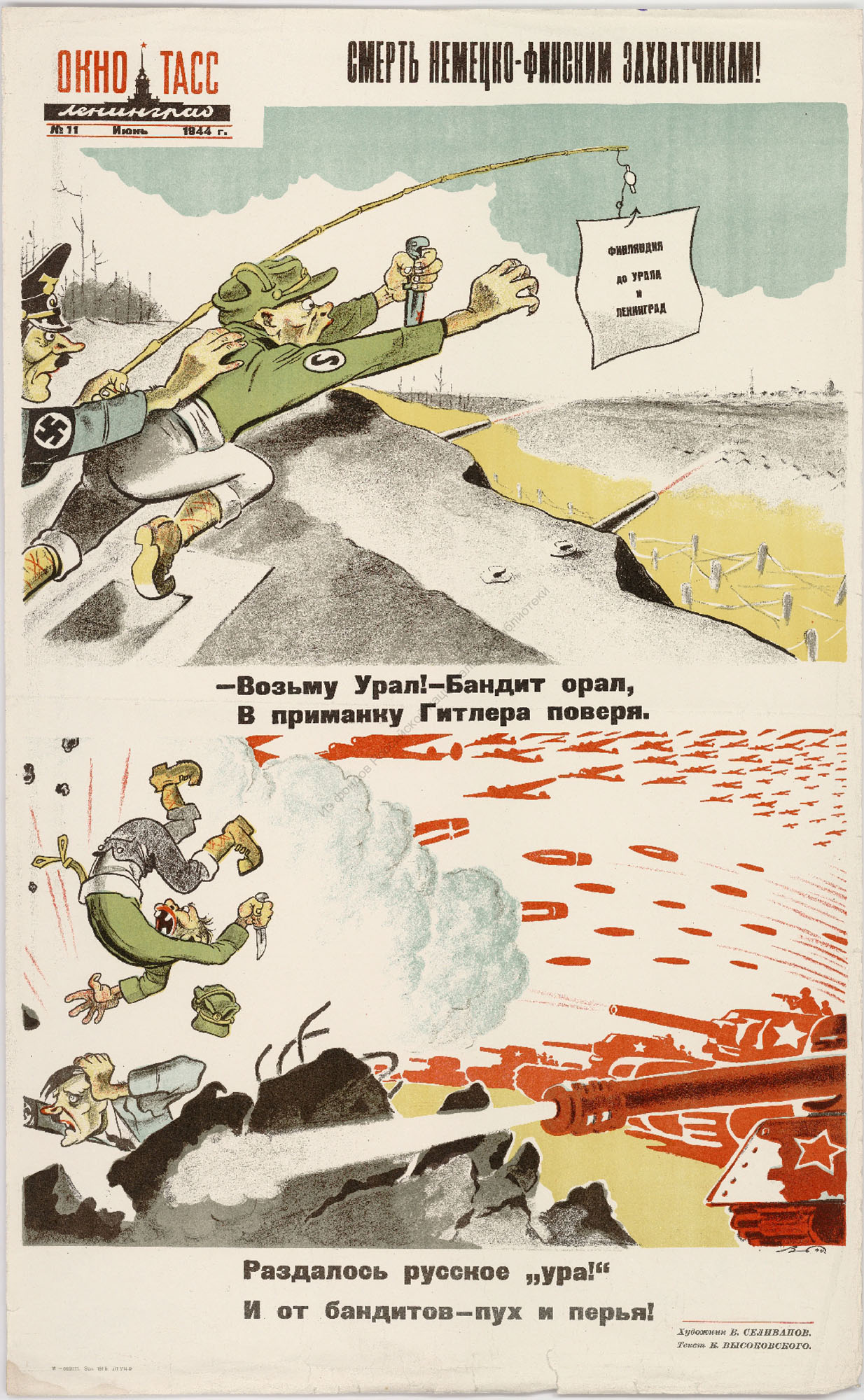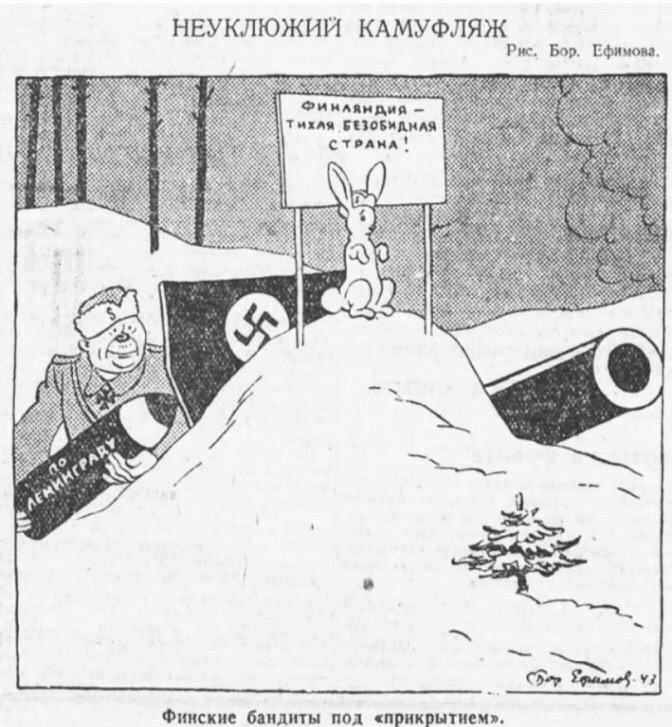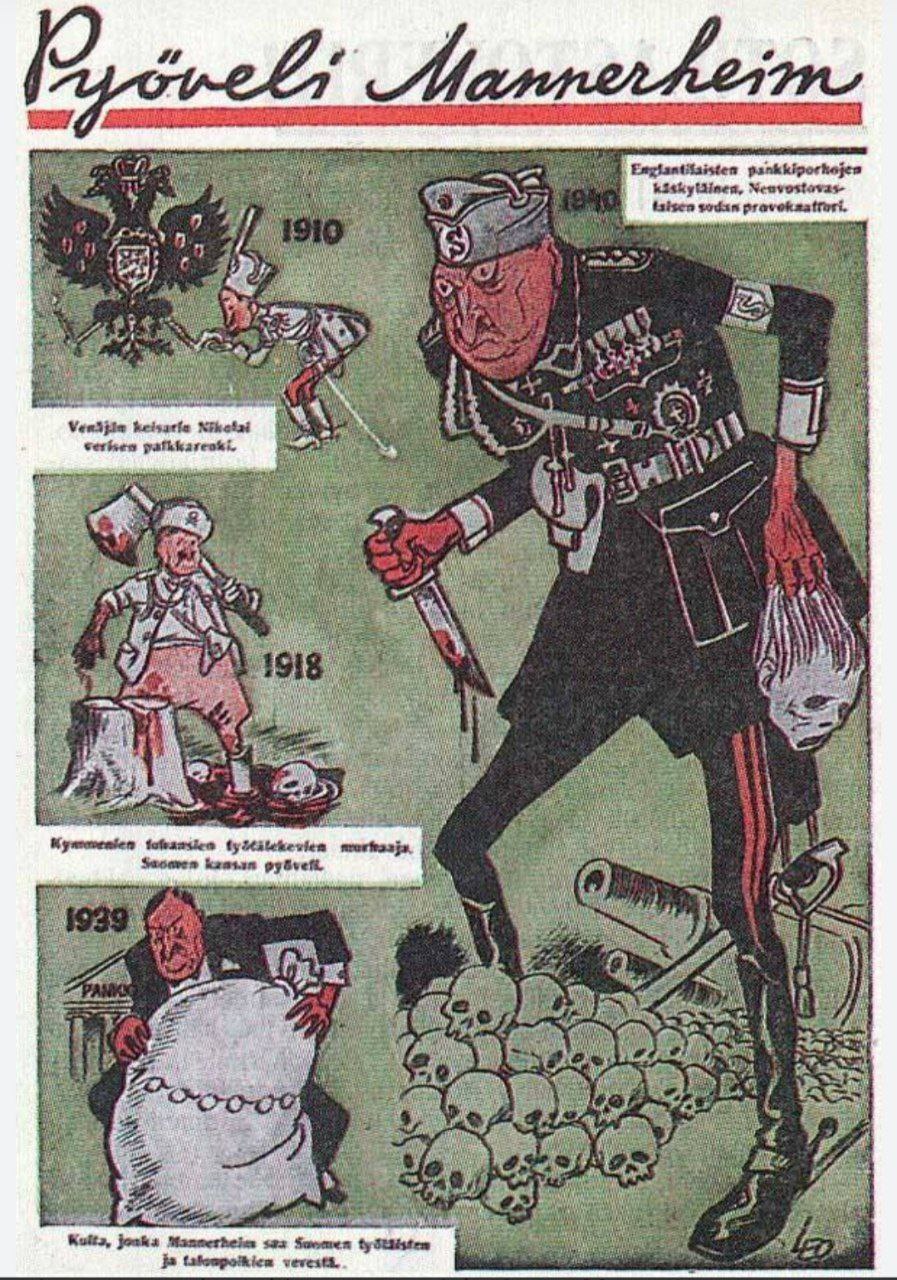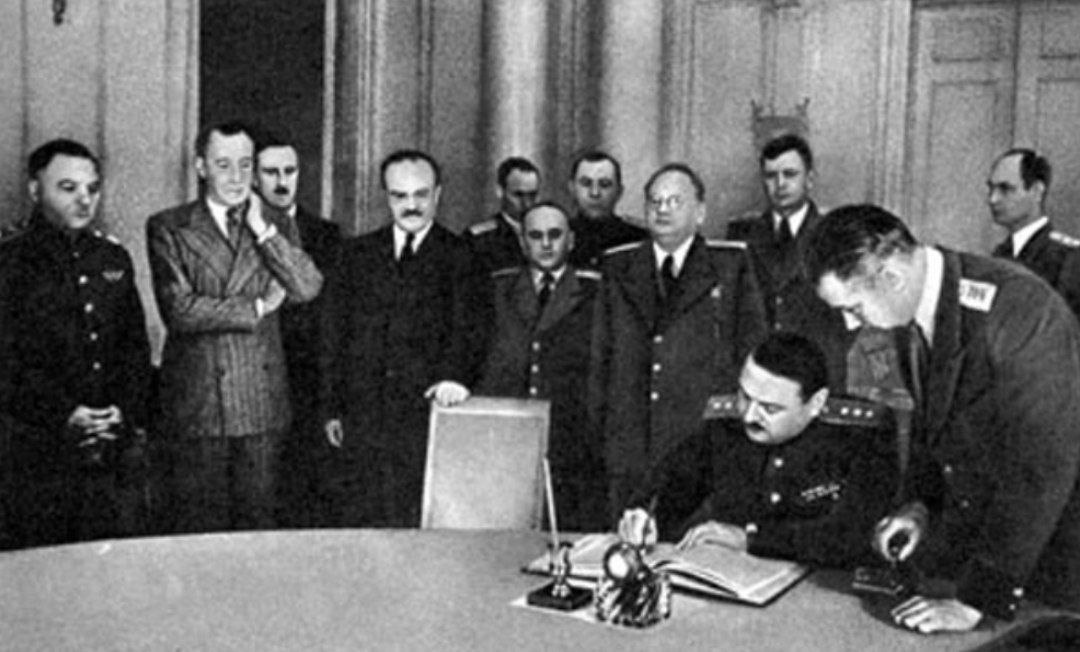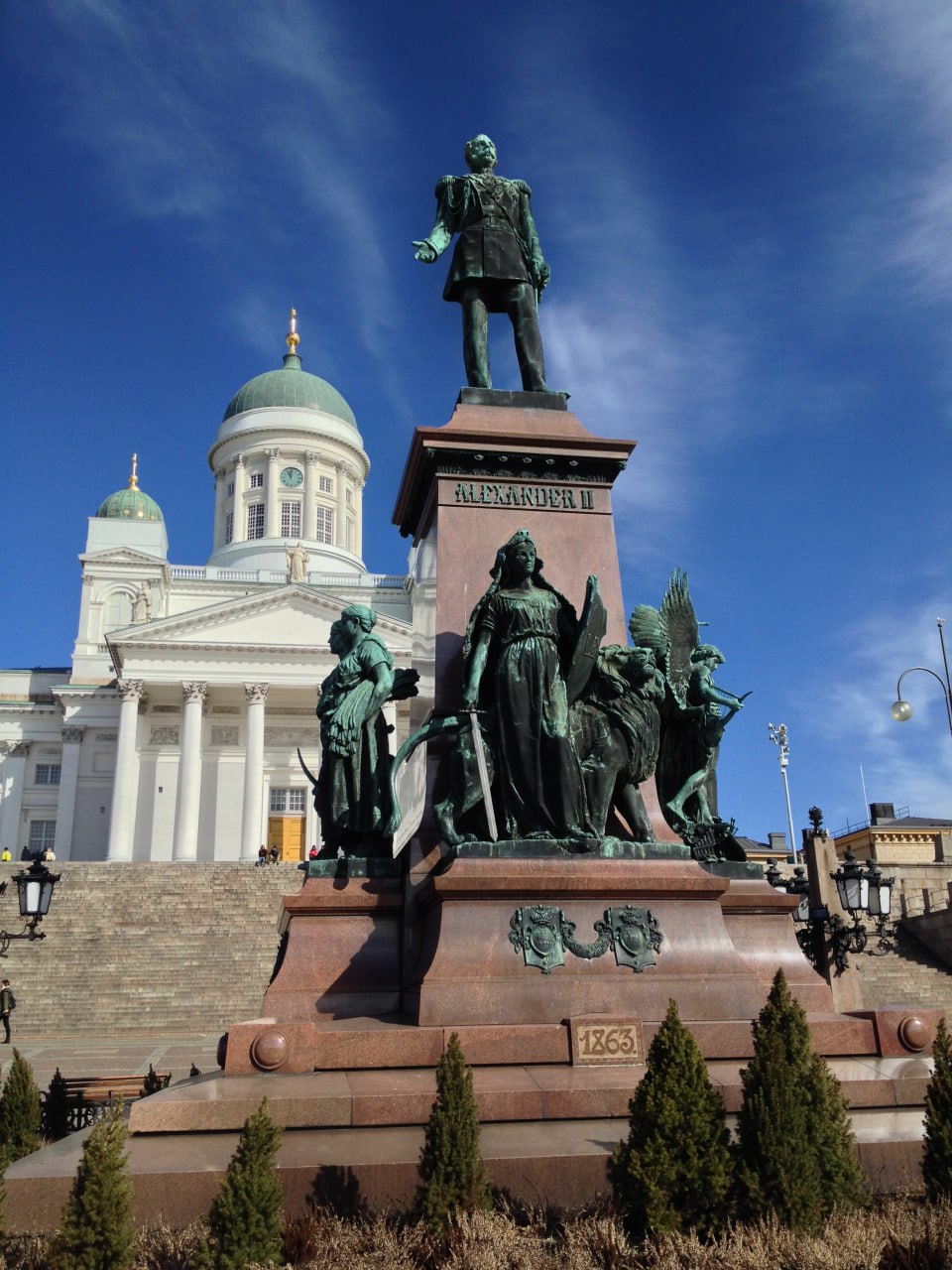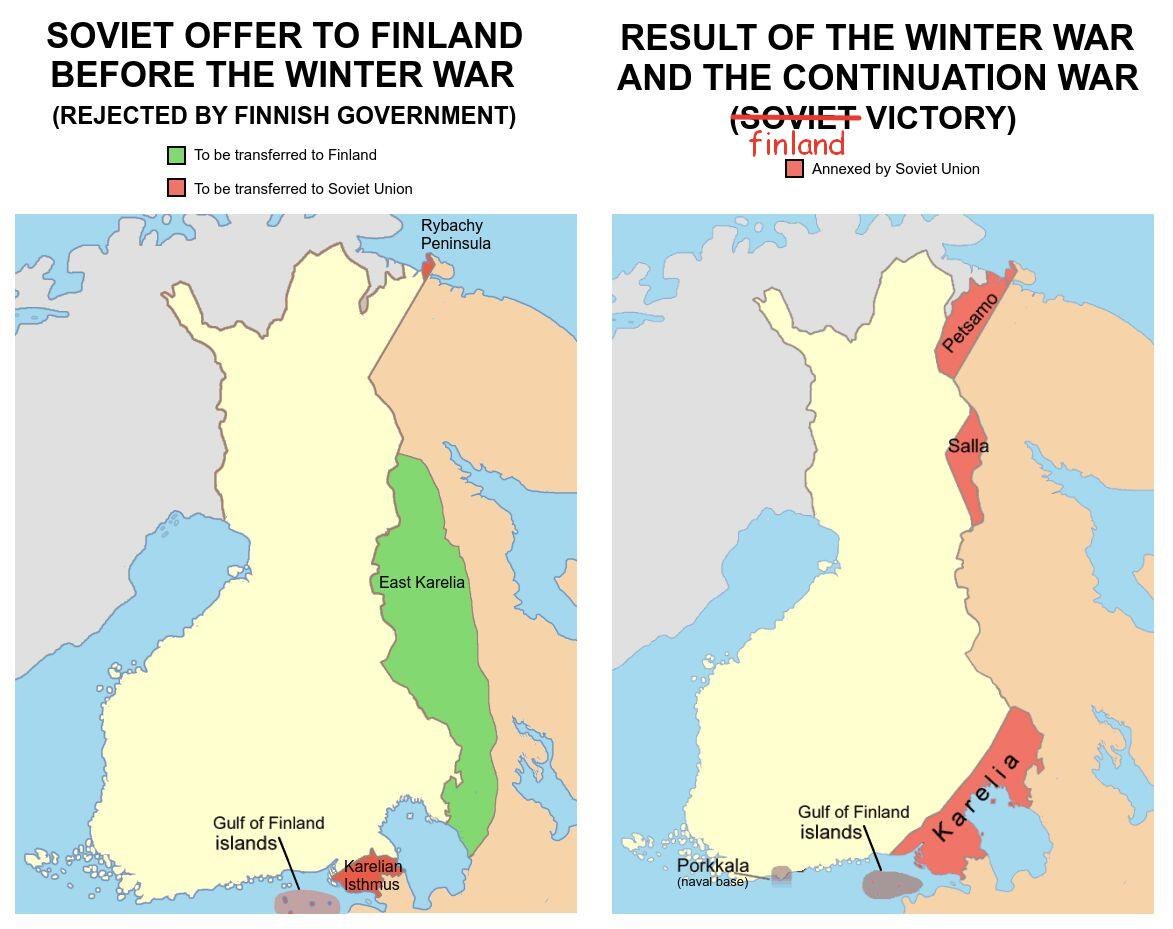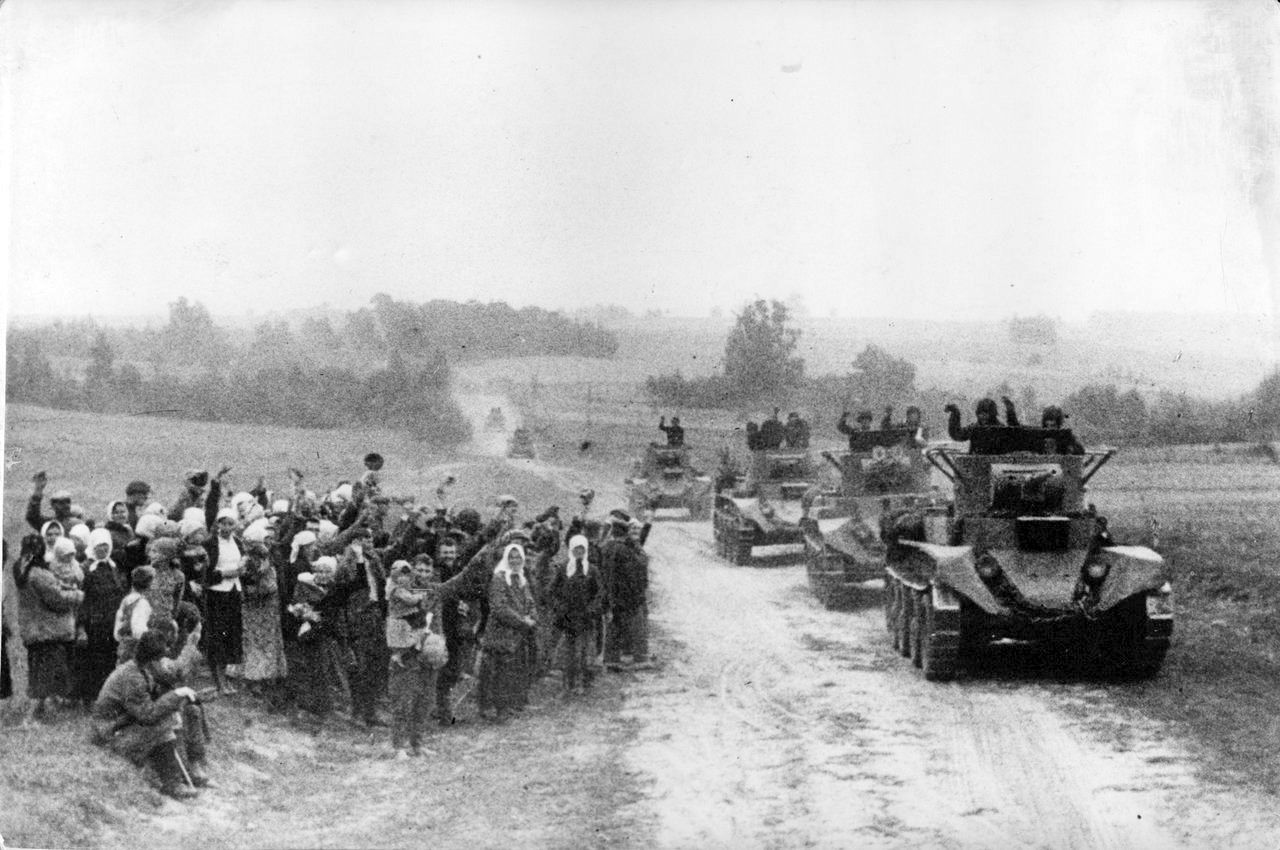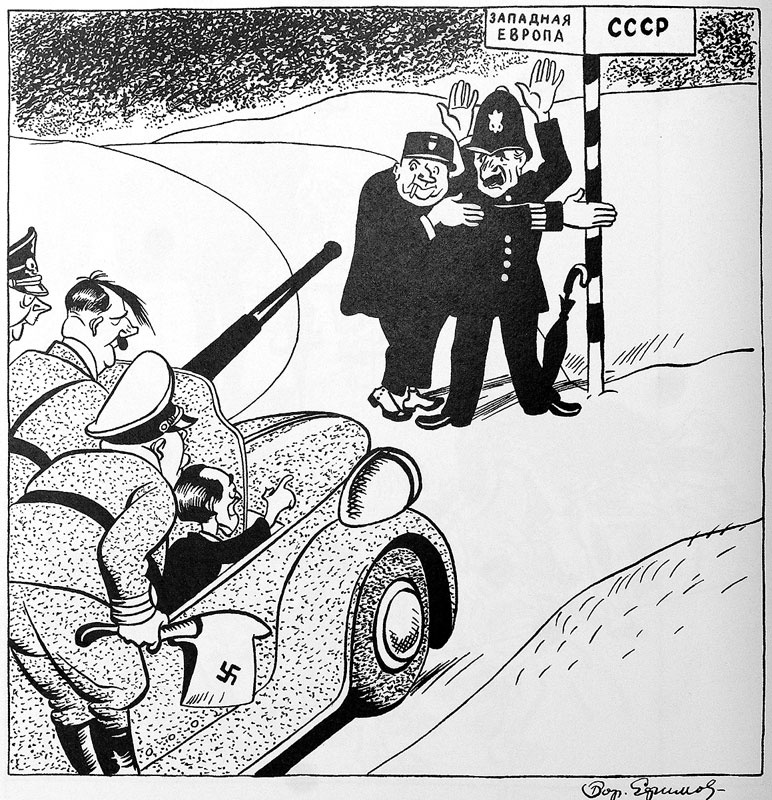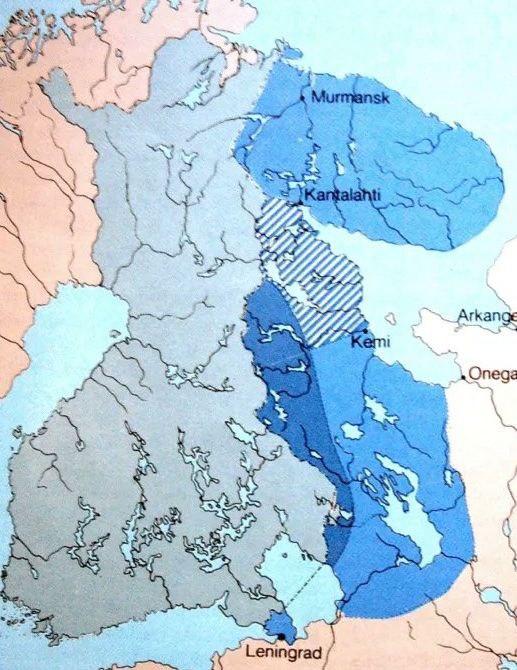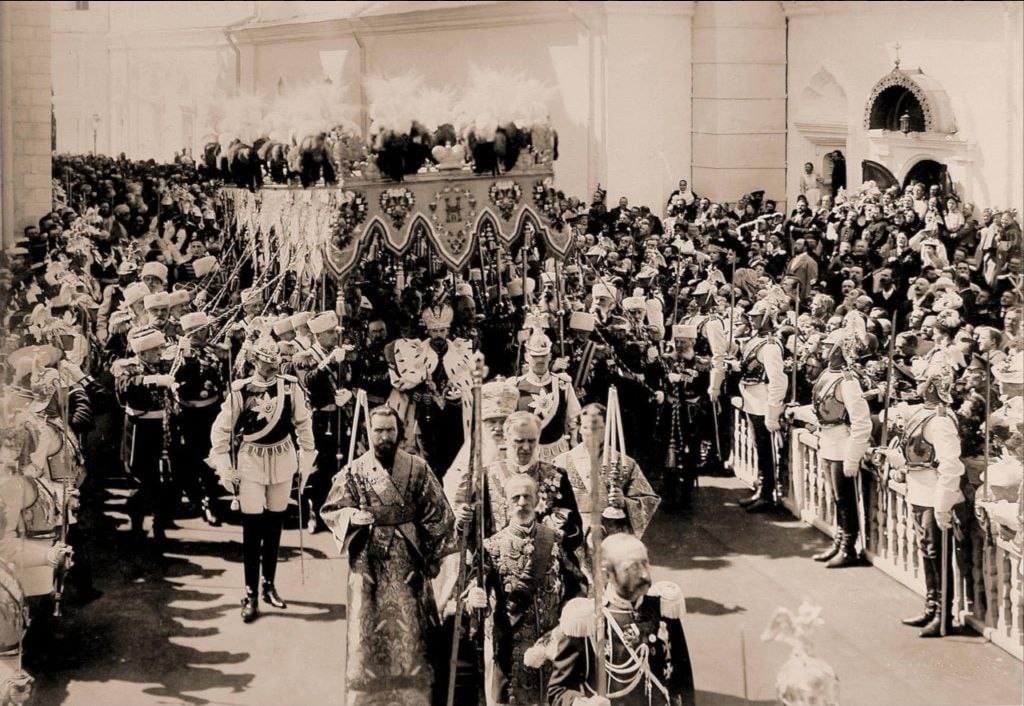The allied forces of the Anti-Hitler Coalition held a parade in honour of the end of the Second World War. Parade taken by Soviet troops in Chief Marshal Georgy Zhukov, the commander of the 3rd U.S. Army General George Patton, the British General Robertson and French General Marie-Pierre Kœnig.
The parade was almost cancelled due to General Dwight D. Eisenhower and Field Marshal Bernard Montgomery declining the invitations shortly before the parade, but at Iosif Stalin’s insistence, took place anyway.
It is known as a “forgotten parade”, as it was mentioned in only a few Western sources, and only showed once in the USSR. The forces of four Allies also participated in another Berlin parade several months later, on the Charlottenburger Chaussee, in front of the Brandenburg Gate, on the first anniversary of the German surrender on 8 May 1946, in the Berlin Victory Parade of 1946. This parade was connected to the inauguration of the Soviet War Memorial at Tiergarten. Soviet troops were not present at the much more widely known in the West London Victory Celebrations of 1946.
Backup at Rumble.
Raw video source on YouTube.
We presented this translation first at our Telegram channel “Beorn And The Shieldmaiden”.
Word to Georgy Zhukov, “Recollections and Reflections”, volume 2, 1974 edition, translation from 1985, page 427-428
By common agreement the salute was to be taken by the Commanders-in-Chief of the Soviet, US, British and French Forces.
All arms of the land forces participated in the Berlin Parade. It was decided not to call in the air forces and navies as they were considerable distances away from Berlin.
The appointed date was approaching. The Soviet troops carried out a thorough preparation. We sought to invite to this parade primarily those soldiers, NCOs, officers and generals who had displayed particular gallantry in the storming of Berlin and particularly its main strongholds of resistance — the Reichstag and the Imperial Chancellery. Everything was going on according to our agreement with the Allies.
But on the very eve of the parade, we were suddenly informed that for a number of reasons the Commanders-in-Chief of the Allied Forces could not come to Berlin for the Victory Parade, and had authorised their generals to attend.
I immediately put a telephone call through to Stalin. He heard my report and said:
“They want to belittle the political importance of the parade of troops of the anti-Hitler coalition countries. Just wait, they’ll be up to something else next. Ignore the refusal of the Allies and take the salute yourself, all the more so, as we have more rights to do it than they.”
The parade of troops in Berlin was held on September 7, 1945, exactly at the appointed time. Participating were the Soviet troops which had stormed Berlin, and American, British and French troops which were stationed in Berlin in order to carry out occupation duties in the western sectors of Berlin set aside for them.
After reviewing the troops drawn up for the march-past, I made a speech noting the historic merits of the Soviet forces and the Allied Expeditionary Forces.
The Soviet infantry, tanks and artillery marched in impeccable order. A particularly memorable impression was made by our tanks and self-propelled artillery. Among the Allied troops the best-drilled were the British.
About 20,000 Berliners gathered to see the Parade. It was a ceremony symbolising the victory of the anti-Hitler coalition over the bloodthirsty fascist aggression.
And so, the parade became forgotten, pushed out of mind.
In the West, because celebrating the Victory on September 7 drove home the point that it was Socialism that won the battle over its mortal enemy — Fascism, the tool of Imperialism. As Zhukov had said, the West would not forgive USSR for liberating it — it already commenced a new war on the USSR, and this reminder did not fit into the plans.
As for the USSR, it chose to forget that parade for different reasons, one of them being the contempt that the West showed.

